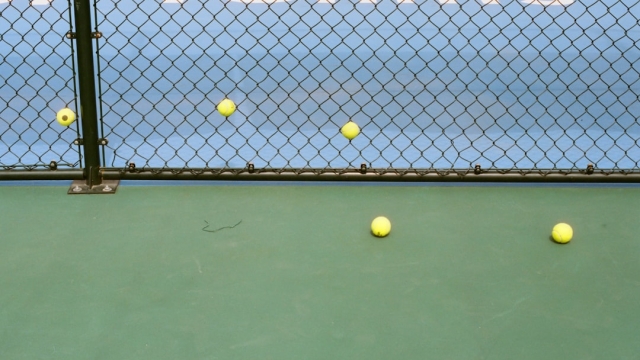Padel is a racquet sport that has gained significant traction across various regions, captivating enthusiasts with its unique blend of tennis and squash elements. Played in doubles format, padel is known for its engaging gameplay and social atmosphere, making it a popular choice for players of all skill levels. As the sport continues to flourish, the demand for well-designed and expertly constructed padel courts has never been higher. This article delves into the essential aspects of padel court expertise, covering design principles, construction techniques, and maintenance best practices to ensure a top-notch playing experience.
Understanding the Design Principles of Padel Courts
The design of a padel court plays a crucial role in the overall experience of the game. A standard padel court measures 20 meters long and 10 meters wide, enclosed by walls that create a unique playing environment. The design must facilitate both competitive play and recreational enjoyment. Key design principles include:
- Optimal Dimensions: The dimensions of the court need to comply with international standards to ensure consistency in play. Precision in measurements ensures that players can develop their skills effectively.
- Wall Configuration: The walls of a padel court can be made of various materials, such as glass or concrete. Transparent walls allow spectators to view the game while also providing players with the opportunity to use walls strategically during play.
- Surface Selection: The playing surface should provide the right balance of grip and speed. Common choices include artificial grass, which is popular for its durability and comfort, or concrete, which is often used in indoor facilities.
Essential Materials and Construction Techniques for Padel Courts
Creating a high-quality padel court requires a deep understanding of materials and construction techniques. Utilizing the right components ensures the court’s longevity and functionality. Here are some essential materials and construction methods:
- Foundation: A stable foundation is vital for any padel court. It should be constructed with proper drainage systems to prevent water accumulation, which can damage the surface and affect playability.
- Surface Materials: Selecting the appropriate surface material is crucial for player safety and performance. Synthetic turf is commonly used due to its cushioning properties, while concrete can provide a more traditional playing experience.
- Fencing and Walls: The walls and fencing around the court should be sturdy yet flexible enough to absorb shocks from the ball. Materials like tempered glass or chain-link fencing are often selected for their durability and visibility.
Best Practices for Padel Court Maintenance and Management
Maintaining a padel court is essential for ensuring an optimal playing experience. Regular upkeep not only prolongs the life of the court but also enhances player safety. Here are some effective maintenance practices:
- Regular Cleaning: Debris, leaves, and dirt can accumulate on the court surface, affecting traction. Regular cleaning with brooms, vacuums, and appropriate cleaning solutions helps keep the surface in top condition.
- Surface Inspections: Periodic inspections of the court surface for wear and tear are essential. Any signs of damage should be addressed promptly to prevent further deterioration.
- Player Feedback: Engaging with players to gather feedback on the court conditions can provide valuable insights into areas needing attention. This dialogue can guide maintenance priorities.
In summary, the importance of padel court expertise cannot be overstated. Understanding the fundamental design principles, utilizing quality construction materials, and implementing effective maintenance practices are crucial for creating and sustaining a padel court that meets the needs of players. By focusing on these core elements, facility operators can enhance the overall experience for participants and promote the growth of this exciting sport.
For more information about padel court design and construction, consider exploring resources from experts in the field, such as Mondo Padel.

